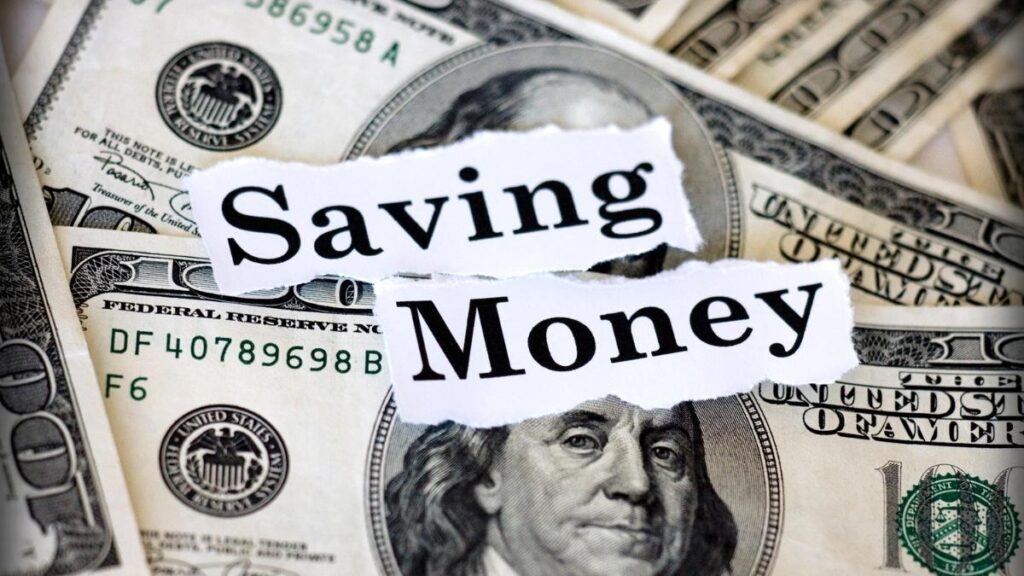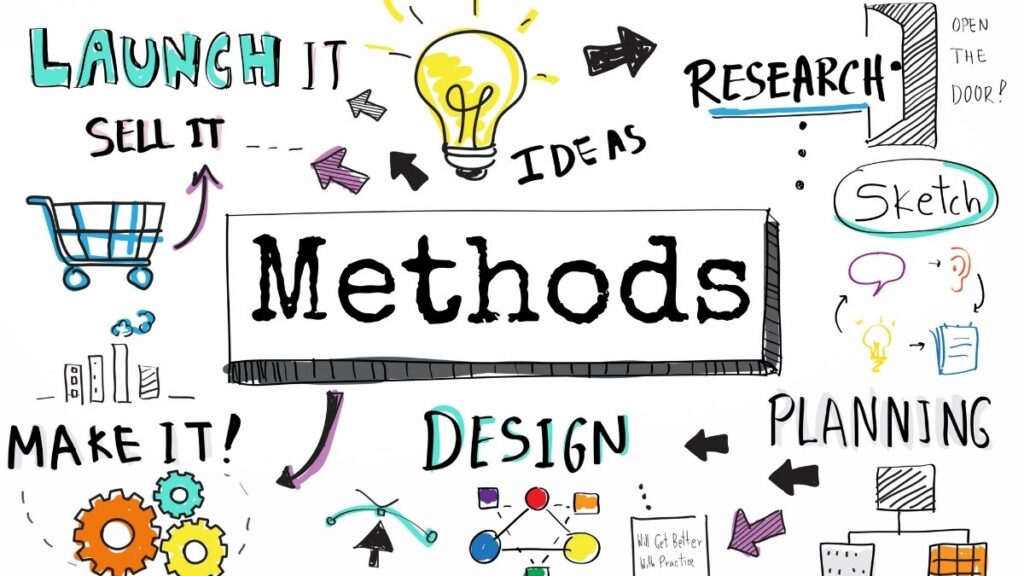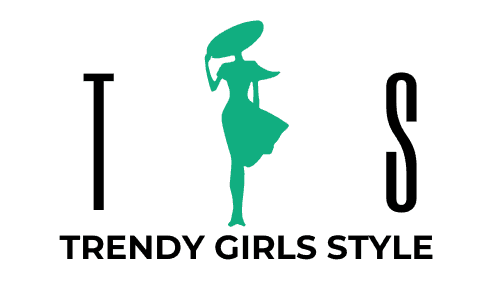
What if you could buy that dream home gym, upgrade your car, or book that luxury vacation without touching your savings, maxing out credit cards, or feeling guilty about the expense?
Most people face a frustrating choice. Either deny themselves things they genuinely want and can technically afford. Or make purchases that leave them feeling financially anxious and stressed. The traditional advice of “just save more” or “wait until you can afford it” doesn’t solve the real problem—how to enjoy your money while building wealth.
This guide reveals smart spending strategies wealthy people use to maintain financial security while getting what they want. You’ll learn how to generate new income specifically for purchases, align your spending with 2025’s best financial practices, and implement this system starting today. All without going broke.
The Traditional Money Trap Most People Fall Into
You make good money. Maybe even great money. But you still feel broke.

Here’s what happens: You want something. A new couch. A vacation. That home renovation you’ve been dreaming about. You buy it. Then the guilt hits. The anxiety creeps in. Your bank account looks sad.
This isn’t just you. 67% of Americans say saving money is their top goal for 2025. But 41% say rising expenses keep blocking them.
Even high earners fall into this trap. They make $85K a year and can’t figure out how to afford a $15K home renovation without stress. Why? Because 30% of Americans spend more on housing than they take home.
The advice you hear doesn’t help either. “Just save more.” “Cut out lattes.” “Stop being irresponsible.”
But that advice ignores something huge: You want to actually enjoy your life.
So what happens? You earn more. You spend more. That’s lifestyle inflation. You get a raise and suddenly need a nicer car, a bigger apartment, fancier dinners. The cycle never stops.
You’re stuck between two bad choices. Either deny yourself everything you want and be miserable. Or buy what you want and drown in financial stress.
There’s a third option. And it changes everything.
Understanding the Four Categories of Money
Most people think about money wrong. They see one big pot. Money comes in. Money goes out. Simple.

Wealthy people see four completely different pots.
Past Money is your savings. Your emergency fund. This money already exists. It sits in your account, ready for real emergencies. Financial experts say you need 3-6 months of living expenses saved up. This money is off-limits for wants.
Income Money is what you earn every month. Your paycheck. This covers your rent, groceries, car payment, Netflix. The basic rule? 50% goes to needs. 30% goes to wants. 20% goes to savings.
Debt Money is the dangerous one. This is borrowing from your future self. Credit cards. Loans. You get something now and pay for it later. With interest.
Then there’s the fourth category. The one that changes everything.
New Money is income you create specifically for the thing you want.
Let me explain with a real example.
A business owner wanted a bigger office. Option 1 was sensible: 14,000 square feet, affordable. Option 2 was the dream: 36,000 square feet, 2.5 times more expensive.
He didn’t use his savings. He didn’t take on crushing debt. He didn’t cut his salary.
He asked: “How can I create new income to pay for this?”
Paul McCartney once said he wrote certain songs specifically to earn enough for a swimming pool. That’s the mindset shift.
Rich people don’t ask “Can I afford this?” They ask “How will I earn this?”
This prevents regret. You’re not stealing from your emergency fund. You’re not drowning in debt. You’re creating new value, then using that value to buy what you want.
Think about it like sawdust. A furniture maker has sawdust left over. Most people sweep it up and throw it away. Smart people compress it into fire logs and sell them.
You have resources you’re not using. Skills. Time. Assets. That’s your sawdust.
High earners diversify their income streams. They don’t rely on one paycheck. They build multiple small streams that add up.
The “New Money” Framework: How Wealthy People Buy What They Want
Here’s what new money actually means.
You already have resources you’re not using fully. Time on weekends. Skills your job doesn’t tap into. A spare room. Knowledge people would pay for.

Instead of reaching into your existing income, you turn these resources into money.
The psychology shift is massive. You stop feeling guilty. You stop feeling broke. Because you’re not taking anything away from your current life. You’re adding to it.
One self-made millionaire makes $14,000 per month in passive income from multiple streams. He didn’t get there overnight. He started with one small side hustle. Then added another. Then another.
A single mom wanted to afford a gym membership but couldn’t fit it into her budget. So she drove for Uber one day per week. That money went straight to the gym. She lost 100 pounds. The gym membership paid for itself in health benefits. And she never touched her regular paycheck.
That’s the power of new money.
Self-made millionaires focus on reducing debt first. Why? Because less debt means more cash flow. More cash flow means more freedom to build wealth.
They don’t just work harder at their main job. They create new income streams that work for them.
The 36,000 square foot building? The business owner created new revenue specifically to cover it. He didn’t stretch his existing budget thin. He expanded what was possible.
This approach builds financial discipline. When you have to earn the money first, you think harder about whether you really want the thing. Impulse purchases disappear. Regret evaporates.
You start thinking like an investor. “Will this income stream still exist after I buy the thing?” Often, yes. Which means you’ve bought something AND increased your earning power.
8 Practical Ways to Generate “New Money” in 2025
Let’s get specific. Here are eight real ways to create new money this year.
1. Monetize Existing Skills
You already know how to do something valuable. Writing. Graphic design. Coding. Accounting. Social media management.

Platforms like Upwork and Fiverr are seeing record growth. People are earning $50-150 per hour for skills they already have.
AI is creating new opportunities. Custom GPT development. AI-assisted video editing. SEO with AI tools. These didn’t exist two years ago. Now they’re lucrative.
Start with one extra client per week. That’s it. If you charge $100 per session, that’s $400 per month. In 15 months, you’ve earned $6,000 for that home renovation.
2. The Extra Day Method
Work one additional day per week. But not at your regular job.
Drive for Uber. Tutor students. Do freelance work. The average side hustler makes $530 per month. But strategic side hustles earn $15-75 per hour.

Here’s the key: Time-box it. Six months. One year maximum. This isn’t forever. It’s a focused sprint to earn money for something specific.
When you know there’s an end date, the work feels different. You’re not grinding forever. You’re on a mission.
3. Leverage Underutilized Assets
What do you already own that’s sitting idle?
A spare bedroom? Airbnb it. Tools in your garage? Rent them out. A parking spot in a busy area? People will pay for that.

Digital products create passive income. One person started a blog. Got it to 20,000 visitors per month. Now makes $1,500 monthly from ads and affiliate links.
Real estate investing used to require thousands. Now platforms like Arrived let you invest with $100 minimum. You own tiny pieces of rental properties. They send you checks.
4. Time-Bound Service Work
Mobile car wash services are growing 276% in 2025. Why? Convenience.
Focus groups pay $150-$250 per session for your opinion. Food delivery and personal shopping have doubled since 2024.
These jobs are perfect for short-term income goals. Work them hard for six months. Earn your purchase money. Then stop.
5. Digital Products & Content Creation
YouTube has 2.7 billion users watching a billion hours daily. The Partner Program shares ad revenue with creators.
Create an online course. Udemy and SkillShare courses earn $500-$10,000+ per month. You make it once. It sells forever.

Writers use Substack for subscription newsletters. Teach what you know. People pay for expertise.
6. Gig Economy Opportunities
36% of U.S. adults have a side hustle. 54% started one in the last year.
TaskRabbit for odd jobs. Rideshare driving for flexible hours. Lawn care and snow removal for steady demand.
Pick one that fits your schedule. Don’t try to do everything.
7. Optimize Your Primary Income
The 2025 limit for 401(k) contributions is $23,500. If you’re over 50, it’s $31,000.
Employer matching is free money. If your company matches 50% up to 6% of your salary, that’s an instant 50% return. You won’t find that anywhere else.
Negotiate a raise. Then earmark that extra money for your purchase. Your lifestyle doesn’t inflate because you’re already living on your current salary.
8. Create Business “Sawdust”
If you own a business, look at your resources differently.

Offer consulting based on your expertise. Take on one-time projects that don’t impact your core work.
That furniture maker’s sawdust? That’s the idea. What are you throwing away that has value?
The One-Year Rule: Setting Smart Purchase Parameters
Here’s why one year works.
It’s long enough to earn real money. Short enough that you don’t lose motivation.
If you’re using any debt, set one rule: No prepayment penalty. You should be able to pay it off early without fees.
Make your goal SMART. Specific: “I want a $6,000 couch.” Measurable: “I need $500 extra per month.” Achievable: “I can drive for Uber 8 hours per week.” Relevant: “This couch will make my home comfortable.” Time-bound: “I’ll have it paid off by December 2025.”
Example: You have $5,000 in credit card debt. Break it down. $5,000 ÷ 12 months = $417 per month. Plus interest. So target $450 per month extra.
That business owner with the bigger office? He committed to paying it off in one year. It was 2.5 times more expensive than the sensible option. But he knew exactly how much extra revenue he needed each month.
Build accountability. Use apps like Mint or YNAB to track progress. Set up automatic transfers from your side hustle earnings to a separate purchase account.
Check in every 90 days. Is it working? Do you need to adjust? Maybe one strategy isn’t earning enough. Try a different one.
Create a visual tracker. A thermometer showing your progress. Sounds simple. But seeing yourself get closer to the goal keeps you motivated.
Avoiding the Three Biggest Mistakes
Mistake #1: Touching your emergency fund.
Your savings exist for emergencies. Job loss. Medical bills. Real problems. A new couch is not an emergency. Neither is a vacation.

When you drain your safety net for wants, you create real financial danger. Don’t do it.
Mistake #2: Taking on debt without a plan.
“I’ll figure out how to pay it off later” is not a plan. Before you borrow money, know exactly how you’ll pay it back. Write down the monthly amount. Know where it’s coming from.
Pay off high-interest debt first. Credit cards at 20% interest cost you thousands over time. Knocking those out saves real money.
Mistake #3: Buying things that don’t actually improve your life.
Some purchases look good. But do they make your life better?
Impulse buys often lead to regret. When you have to earn the money first, you naturally filter out the things you don’t really want.
Also: Don’t juggle too many income streams at once. One entrepreneur tried running four side hustles simultaneously. He burned out. Made less money. And hated all of it.
Pick one or two strategies. Do them well.
Watch out for pay-to-play schemes. Multi-level marketing. “Business opportunities” that require you to buy inventory upfront. These are traps. Avoid them.
Success takes time. One Etsy store owner spent nine months before making thousands monthly. If you quit after two months, you’ll never see results.
Creating Your Personal “New Money” Action Plan

Time to build your plan.
Step 1: Identify your purchase and calculate the cost.
Be specific. “A vacation” is vague. “A 7-day trip to Hawaii for two people: $4,500” is specific.
Step 2: Assess your current finances.
Track your spending for one month. Every dollar. You can’t know where to improve if you don’t know where you’re starting.
Create a baseline budget. How much comes in? How much goes out? What’s left?
Step 3: Choose 1-2 “new money” strategies.
Pick based on your skills and schedule. Parent of young kids? Skip the evening rideshare driving. Pick something you can do from home.
Good with words? Freelance writing. Handy? TaskRabbit. Have a spare room? Airbnb.
Don’t overthink it. Pick something and start.
Step 4: Set up a separate account.
Open a new savings account. Name it after your goal. “Hawaii Fund.” “New Couch Money.”
Every dollar from your side hustle goes into this account. Keep it separate from your regular accounts.
Step 5: Automate everything.
Set up automatic transfers. If you drive for Uber, transfer the earnings to your purchase account immediately.
Pay yourself first. Before you spend side hustle money on anything else, move it to the goal account.
Schedule monthly check-ins. First of every month, review your progress. Celebrate wins. Adjust what’s not working.
Use budgeting apps. Mint. YNAB. EveryDollar. They connect to your accounts and track everything automatically.
Create a visual progress tracker. A spreadsheet. A chart on your wall. Something you see regularly that shows you getting closer.
This system works because it’s simple. You’re not trying to reinvent your entire financial life. You’re adding one focused income stream for one specific goal.
Your Financial Future Starts This Week
Here’s what you learned.
Money comes in four categories. Past money. Income money. Debt money. And new money. New money changes everything because it doesn’t steal from your current life.
Wealthy people don’t ask “Can I afford this?” They ask “How will I earn this?” That mindset shift eliminates guilt and builds discipline.
You have eight practical strategies to create new money. Pick one. Start small. Scale up as you learn.
Set the one-year rule. Make your goal SMART. Build accountability systems.
Avoid the three big mistakes. Don’t touch your emergency fund. Don’t take on debt without a clear repayment plan. Don’t buy things that won’t actually improve your life.
Wealthy people continuously learn about money. They stay informed. They adapt their strategies. That’s how they build and maintain wealth.
This approach gives you two wins. You get the thing you want. And you build financial skills that last forever.
Now here’s what you do.
Pick one purchase you’ve been putting off. Calculate exactly what it costs. Choose one new money strategy from this guide. Set a timeframe. Write it down.
Start this week. Not next month. Not when things calm down. This week.
Your 2025 financial success doesn’t come from waiting for the perfect time. It comes from taking action now.
The secret to buying everything you want without going broke isn’t having more money. It’s creating new money specifically for your wants while protecting your financial foundation.
You can do this. Start today.






